Best Seasons for Exterior Wood Trim Repairs
Exterior wood trim repairs are most effective when performed during specific times of the year, primarily influenced by weather conditions. Optimal periods are typically in late spring through early fall, when temperatures are moderate and humidity levels are lower. These conditions help ensure proper adhesion of paint or stain and allow materials to cure correctly.
Late spring offers ideal weather with warmer temperatures and less rain, making it suitable for exterior wood repairs.
Summer provides longer daylight hours and stable weather, but high temperatures and humidity can affect drying times.
Early fall is favorable due to cooler temperatures and lower humidity, reducing the risk of moisture-related issues.
Cold temperatures and freezing conditions can hinder proper curing and adhesion, making winter unsuitable for exterior wood repairs.
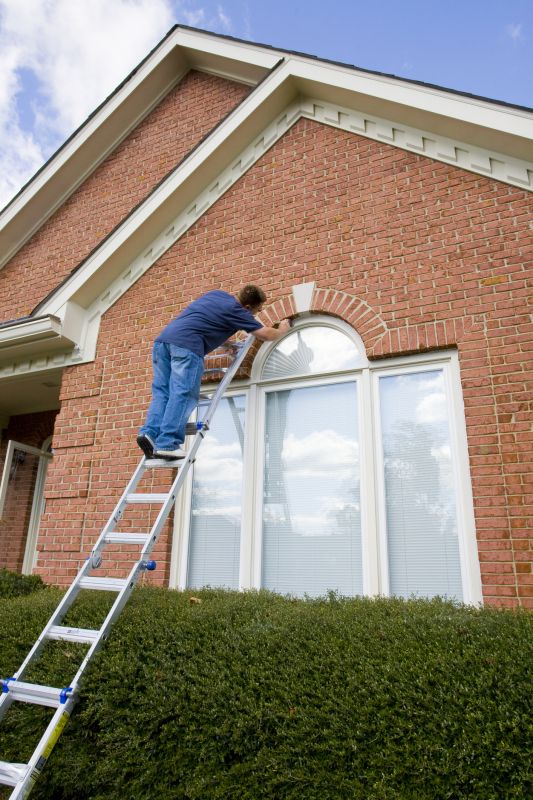
Springtime conditions support effective repairs and finishing.
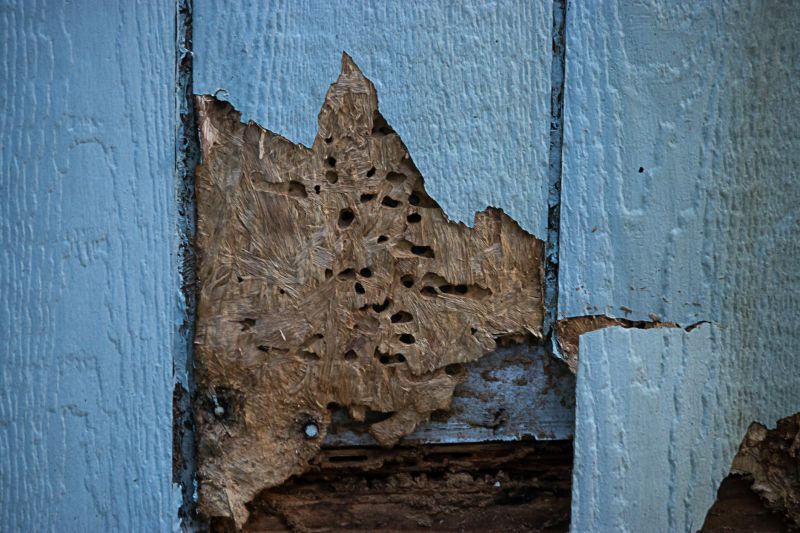
High heat and humidity can impact repair outcomes.
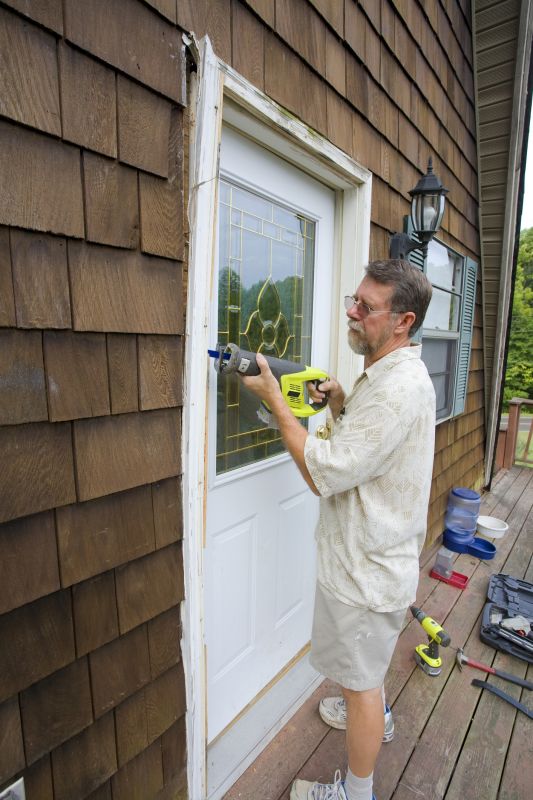
Cooler temperatures promote proper curing and durability.

Ways to make Exterior Wood Trim Repairs work in tight or awkward layouts.
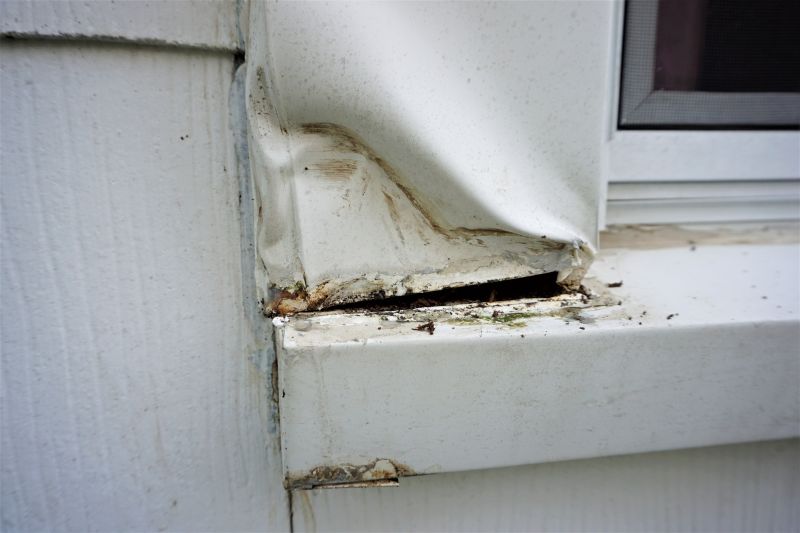
Popular materials for Exterior Wood Trim Repairs and why they hold up over time.

Simple add-ons that improve Exterior Wood Trim Repairs without blowing the budget.
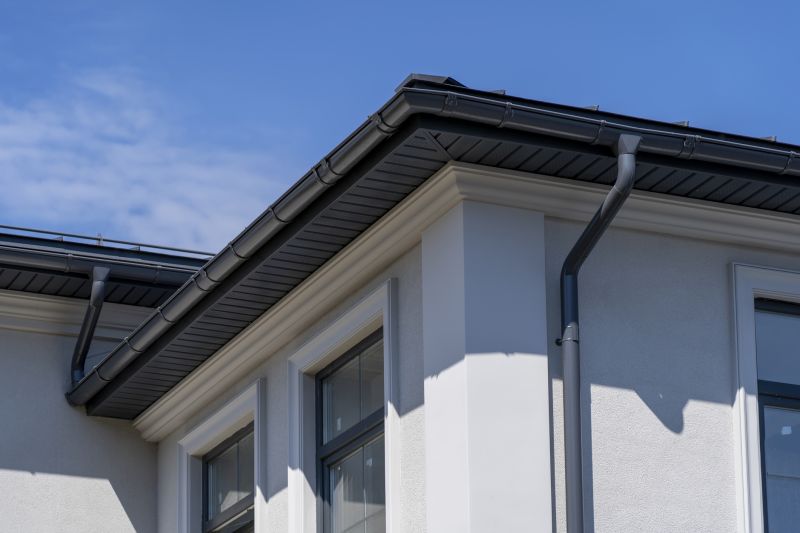
High-end options that actually feel worth it for Exterior Wood Trim Repairs.
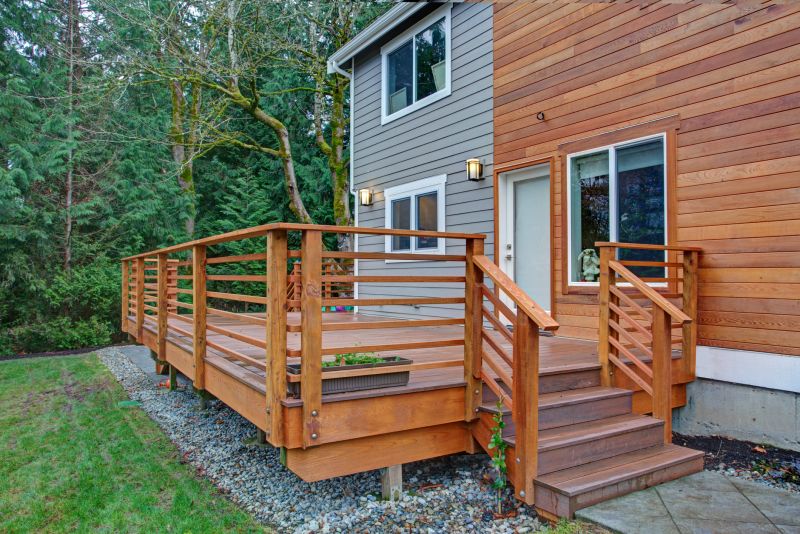
Finishes and colors that play nicely with Exterior Wood Trim Repairs.
Performing exterior wood trim repairs at the right time can extend the lifespan of the wood and improve the appearance of a building. Proper timing ensures that materials adhere well, paint or stain dries evenly, and the repairs withstand weather exposure. Ignoring seasonal considerations may lead to premature deterioration, peeling paint, or ineffective repairs, ultimately increasing maintenance costs.
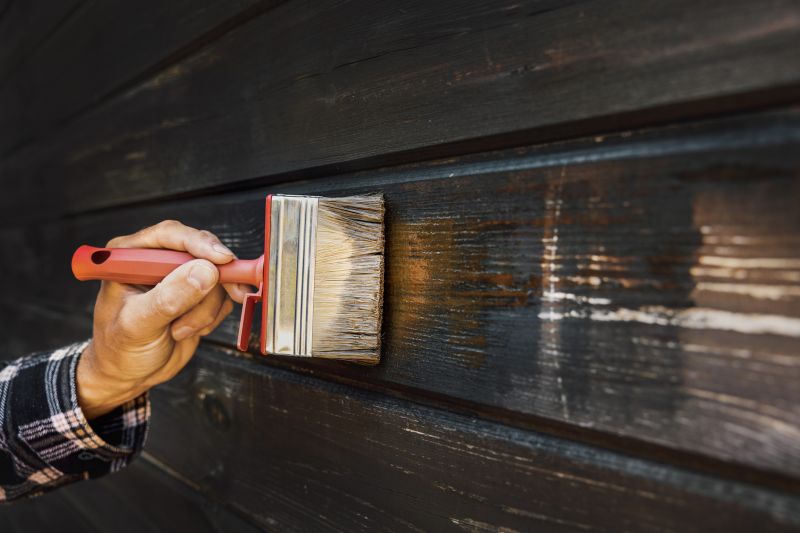
Proper timing ensures effective repair and finishing.

Well-timed repairs contribute to a durable, attractive exterior.
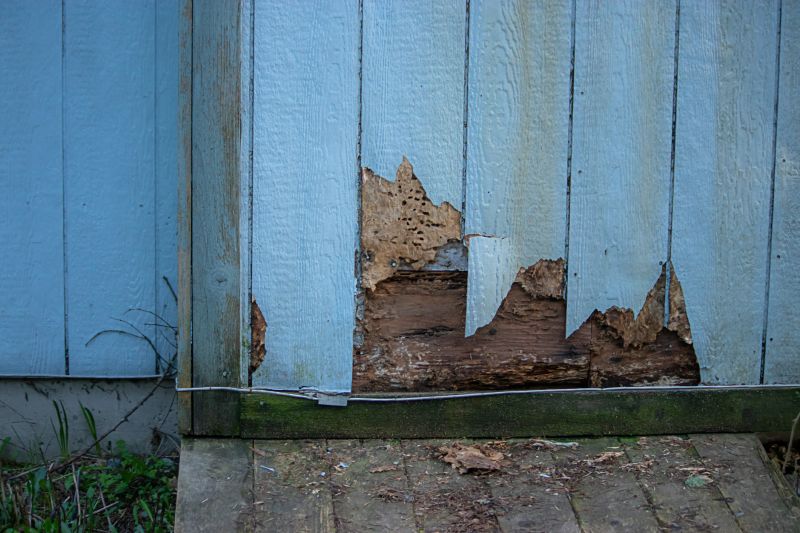
Weather conditions influence repair success.
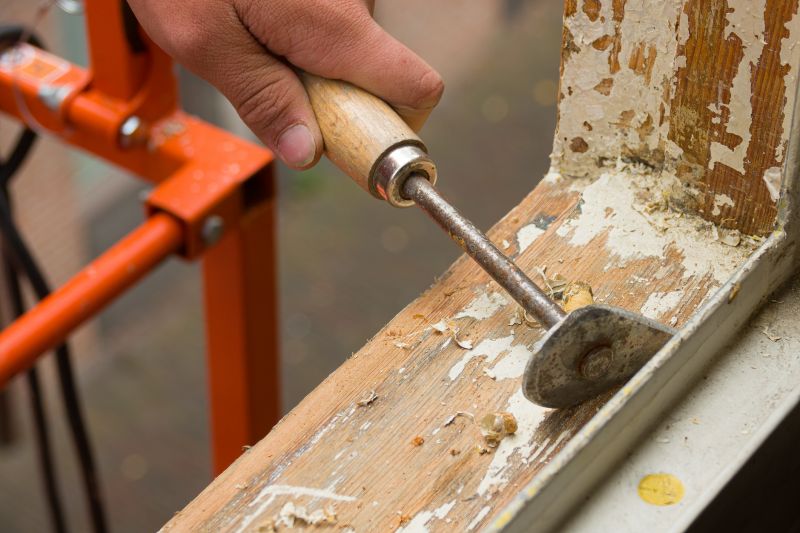
Optimal season for exterior wood trim work.

Little measurements that prevent headaches on Exterior Wood Trim Repairs day.
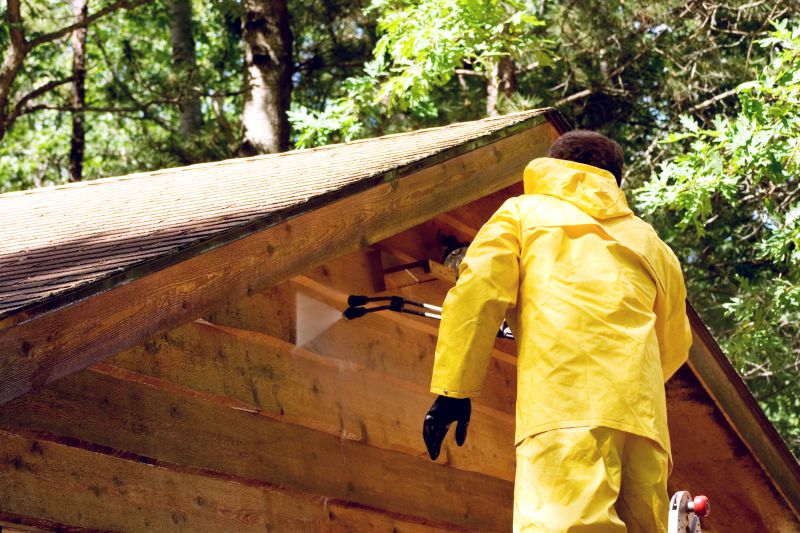
A 60-second routine that keeps Exterior Wood Trim Repairs looking new.
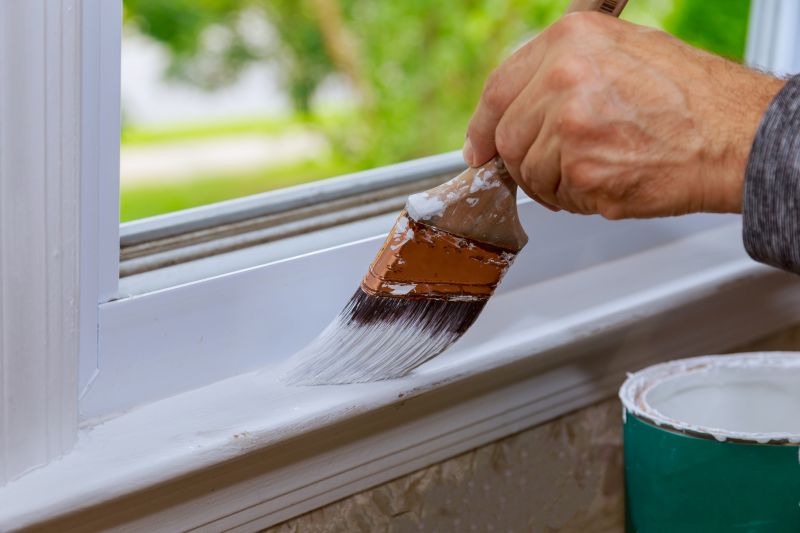
A frequent mistake in Exterior Wood Trim Repairs and how to dodge it.

Small tweaks to make Exterior Wood Trim Repairs safer and easier to use.
| Season | Ideal Conditions |
|---|---|
| Spring | Moderate temperatures, low humidity, dry weather |
| Summer | Long daylight hours, stable weather, caution with heat |
| Fall | Cooler temperatures, low humidity, dry days |
| Winter | Cold temperatures, freezing conditions, high moisture |
Choosing the appropriate time for exterior wood trim repairs can prevent common issues such as warping, cracking, and peeling. Seasonal weather patterns directly affect the quality and longevity of repairs. Planning repairs during optimal conditions minimizes the risk of moisture intrusion and ensures the longevity of paint and stain applications.
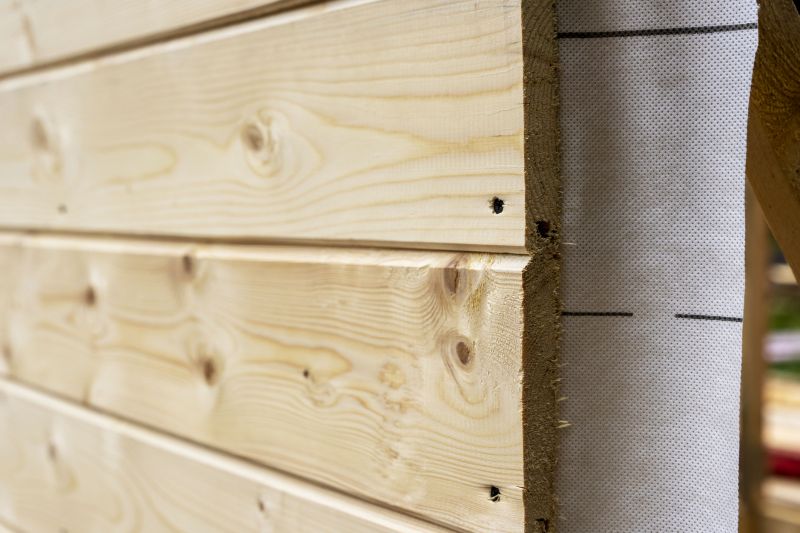
Ideal conditions support effective repairs.
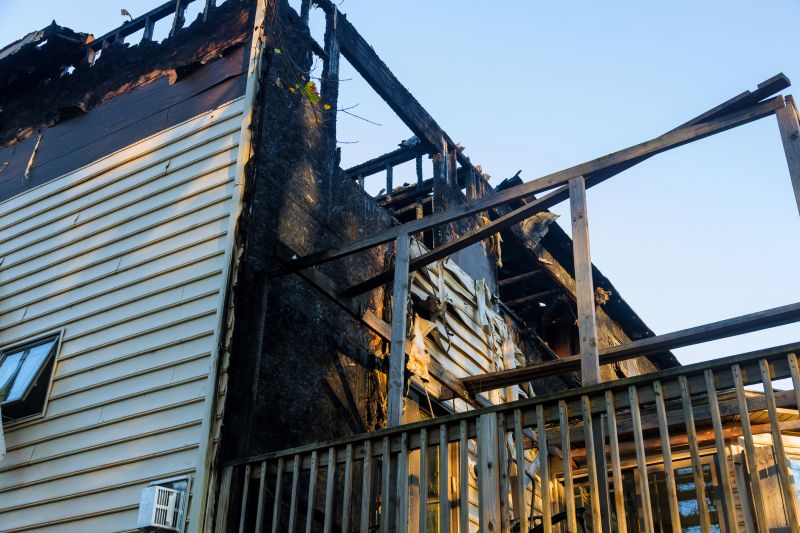
High temperatures may hinder drying and curing.
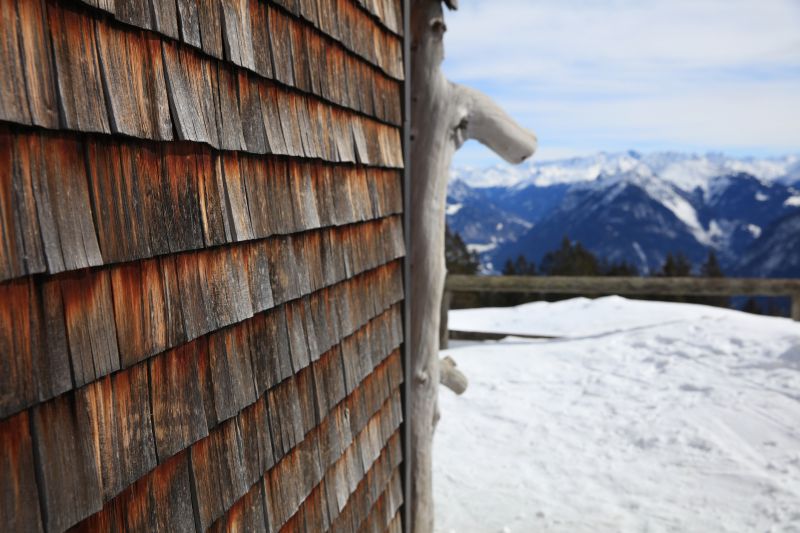
Cool, dry weather promotes durability.
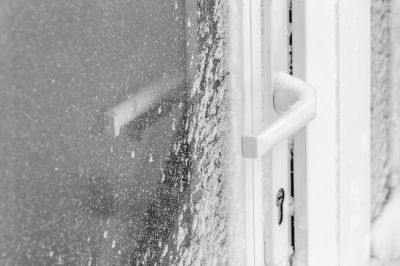
Cold and moisture can cause further deterioration.

The short, realistic tool list for quality Exterior Wood Trim Repairs.
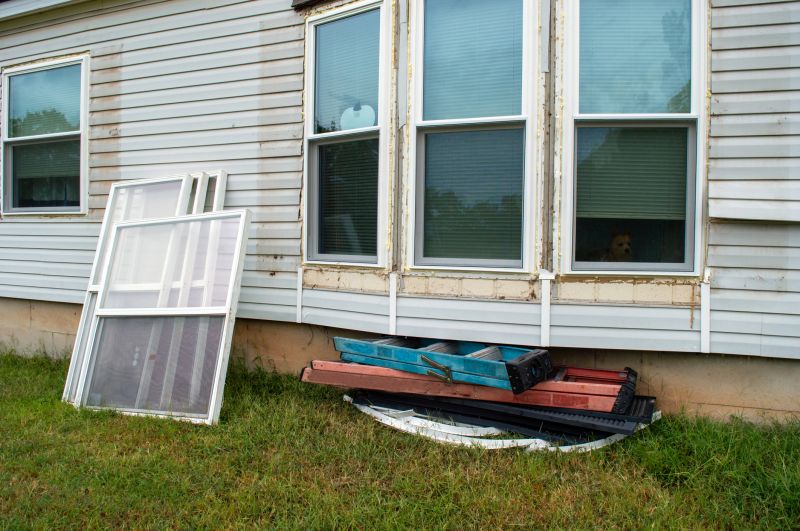
Rough timing from prep to clean-up for Exterior Wood Trim Repairs.

Quick checks and paperwork to keep after Exterior Wood Trim Repairs.
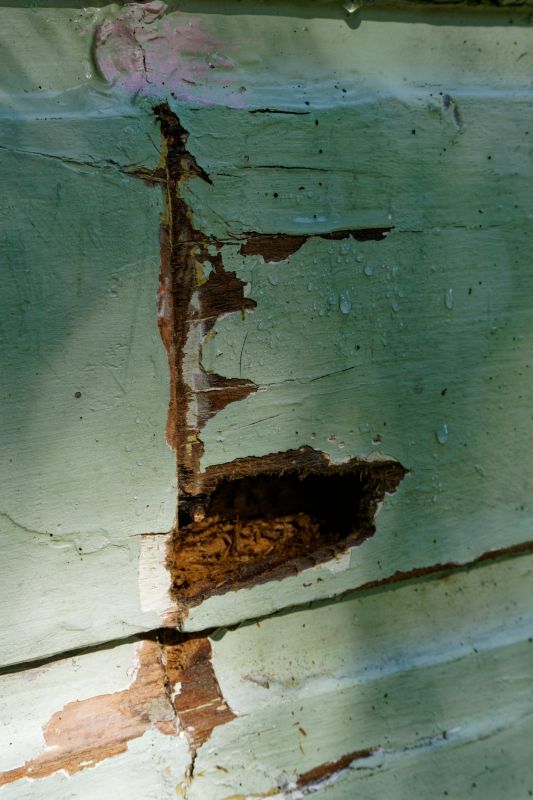
Examples that show the impact a good Exterior Wood Trim Repairs can make.
Interested in exterior wood trim repairs? Filling out the contact form provides an opportunity to discuss suitable timing and repair options tailored to specific needs. Proper scheduling can enhance the durability and appearance of exterior wood features.



